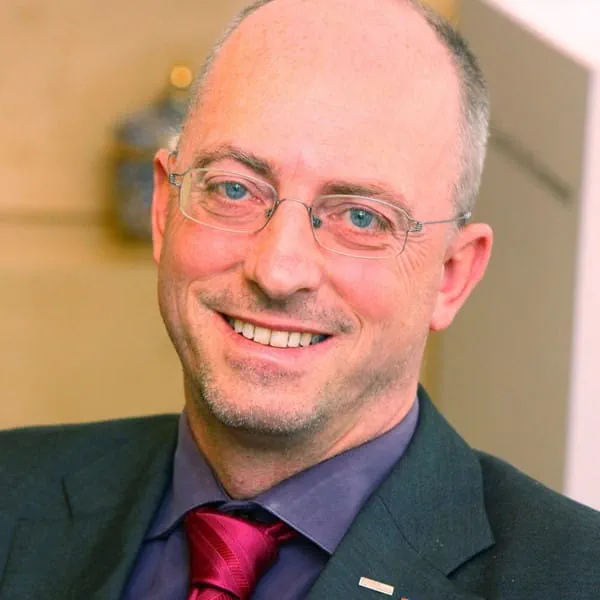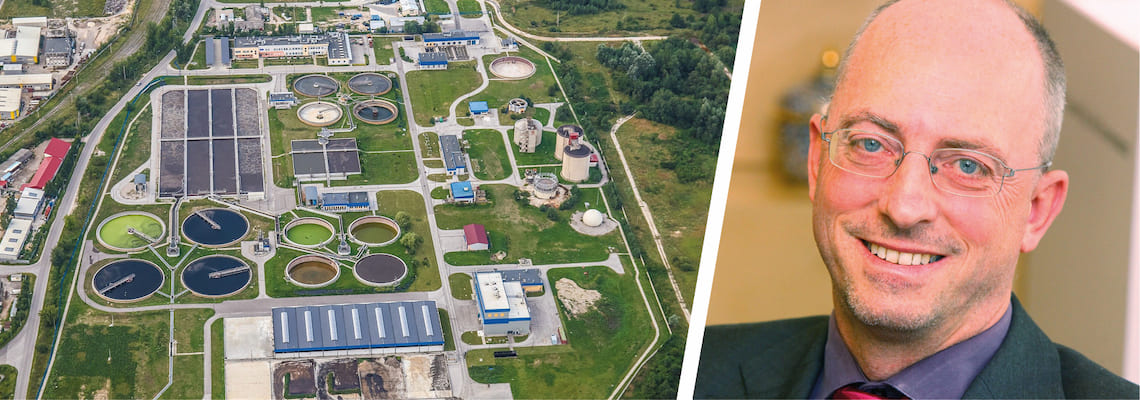A technology push without a market pull
Even though the term ‘wastewater’ includes the word ‘waste’, it is not, in fact, wasted water. Instead, it is water used to flush waste out of individual houses towards a treatment facility.
By shifting to a circular economy, including integrated wastewater treatment, it means that as well as the water, waste should also be recovered.
While water recovery is well established, naturally (through the cycle of rain – rivers – oceans – clouds – rain) or though engineered systems in water-scarce areas, the recovery of waste, however, is much more complicated.
One of the main reasons is because it requires a broader interaction with sectors beyond water to integrate the recovered products into a circular economy.
"To date, developments can largely be described as a technology push, without a market pull."
So where do the challenges lie? To date, developments can broadly be described as a technology push, without a market pull. The waste in the wastewater can be recovered as energy, or as a material resource with the two options offering different benefits.
Energy self-sufficiency
In both cases reference above, internal drivers often push water utilities to go down the recovery technology route.
This usually results in the building of a sludge digester to recover the biogas, with the critical decision based on minimising excess sludge production.
Recovering biogas to drive a self-sufficient wastewater treatment plant (WWPT) is good practice, but unfortunately, this will unlikely result in energy-producing wastewater treatment plants. Indeed, if the self-sufficiency allows water utilities to become independent from their energy suppliers, then there is, of course, a significant economic advantage.
It should also be noted that it is misleading to import food waste to become a net energy supplier WWTP.
The food waste import is, in fact, an energy import to the WWTP, and as a result, should be accounted as such. From an energy point of view, the recovery of heat from treated wastewater is more interesting. Therefore, it is essential to focus more on heat integration instead of paying most of the attention towards biogas generation.
Internal drivers for material recovery
Technological hurdles for recovery processes, in general, can be relatively easily overcome, and, as a result, there are many examples of products being recovered: phosphate, nitrogen, bioplastic (PHA), biopolymers (e.g. Kaumera®), proteins, cellulose, lipids. As a result, materials recovery remains mostly in its infancy.
Many socio-economic hurdles are more challenging to overcome. Most of the current recovery processes (especially those for phosphate and cellulose) are implemented based on internal drivers of the water utility, instead of a market push.
"While these internal drivers are certainly helpful, this often results in resources not finding a market place."
While these internal drivers are undoubtedly helpful, this often results in resources not finding a market place. Utilities can stop being active when the recovered "product" reaches the gate of the treatment plant, and the public communication goals have been achieved.
Building a water-smart economy
Water reuse will drive the integration of water utilities in a circular economy. Products can support this development, but there is a strong integration needed between engineering, economic and societal disciplines to design viable systems.
The EU Horizon 2020 program “Building a water-smart economy and society” recognises the need to make alternative water resources of various qualities available.
These should be appropriate for different functions and multiple users, and to better exploit water resources and all the valuable substances that could be obtained through the wastewater treatment and reuse process.
As a result, five large scale demonstration programs have been financed under this scheme, and the leadership of the Netherlands is shown by three of these programmes (www.watermining.eu, www.ultimatewater.eu and www.nextgenwater.eu), coordinated by Dutch institutes KWR Water Research Institute and TU-Delft.

Mark van Loosdrecht
Professor
Delft University of Technology







